Construction of various factories for fodder feed and livestock concentrate materials.
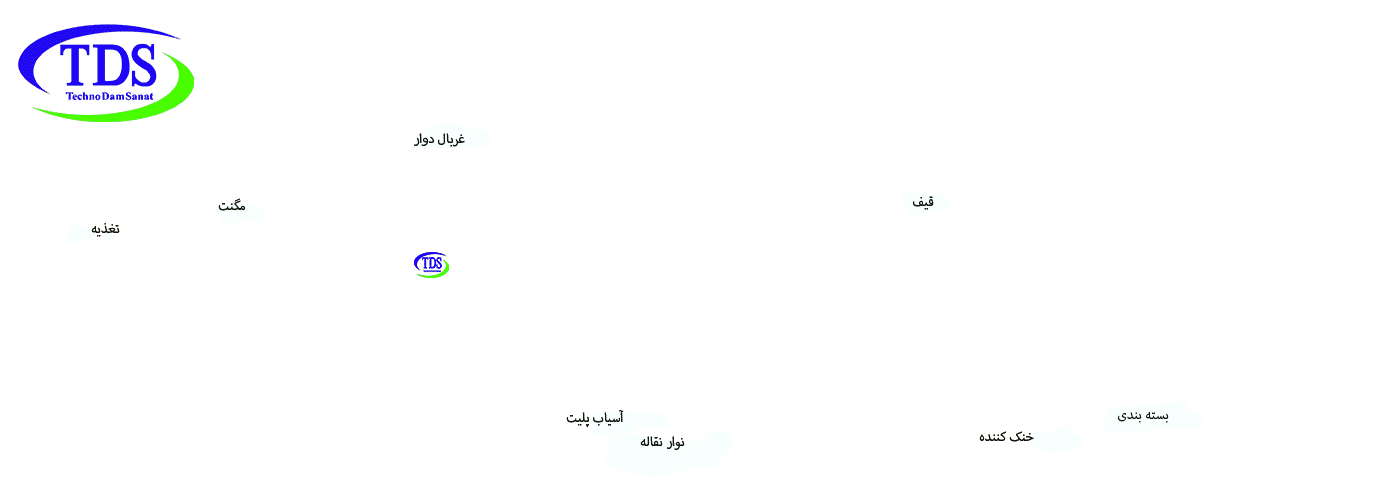

The livestock and poultry feed factory, through a multi-stage process, combines and homogenizes the required feed ingredients (ration) for animals into uniform pellets (pellets), which are then packaged and offered. A complete livestock feed production line consists of all the equipment necessary for the pellet production process, starting from the reception of raw materials, followed by step-by-step processes including cleaning (separation and removal of waste), grinding to the desired size, mixing (uniform blending), pelletizing, cooling, and finally packaging.

Today, livestock and poultry feed plays a vital role in the food industry in Iran and the world. It is considered an important, strategic industry of significant value. Supplying high-quality feed for the livestock farming industry depends on the design of high-quality equipment and the establishment of livestock feed factories in compliance with the latest global standards.
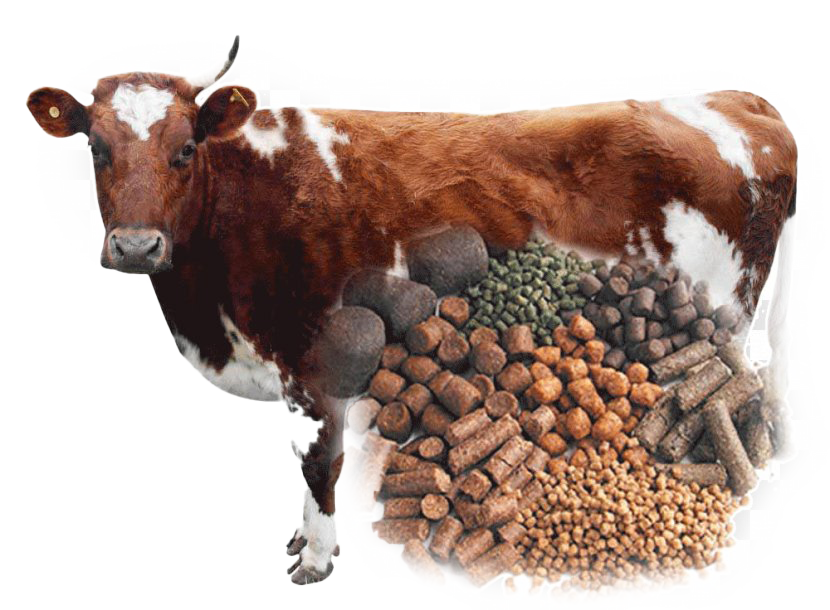
In the Techno Dam Sanat Industrial Factories Group, we have strived to contribute to the development of the country’s livestock feed industry by employing experienced domestic experts and utilizing up-to-date global knowledge. We aim to play a highly effective role in this regard. We can customize the most appropriate solutions, modern technologies, and equipment uniquely tailored to the physiological characteristics of each animal and farming operation. As a result, we can establish and produce a high-quality, guaranteed livestock feed factory and production line exclusively tailored to meet the needs of our valued livestock farmers.
برای دیدن توضیحات هر قسمت کلیک کنید
ورود مواد اولیه به کارخانه
مواد اولیه مورد نیاز برای تهیه خوراک دام به صورت عمده و از طریق یک قیف که در زیر مسیر تخیله کامیون و یا هر وسیله دیگر واقع شده دریافت می شود و با استفاده از بالابرها به سیلو های نگهداری منتقل می شود.
مرحله ذخیره سازی
مواد اولیه در سیلوهای و انبار مخصوصی ذخیره و نگهداری می شود تا خوراک خط تولید همیشه در دسترس باشند. مواد اولیه از طریق بالابر و نوار نقاله به این سیلو ها منتقل و در صورت نیاز از طریق دریچه هایی که صورت گرفته شده وارد خط تولید می شوند.
آسیاب مواد اولیه
مواد اولیه قبل از ورود به آسیاب توسط الک های مخصوص از هرگونه ضایعات آهنی و مواد خارجی و غیره بطور کامل پاک سازی می شود. مواد دانه ای مانند غلات توسط آسیاب های چکشی و یا غلتکی و غیره آسیاب شده تا به گرانولومتری(اندازه) مناسب برسند.
مخلوط مواد اولیه
مواد اولیه مطابق فرمول ساخت و به وسیله یک قیف مخصوص و سیستم توزین با دوز دقیق وارد دستگاه میکسر خوراک شده و کملا باهم مخلوط و یکنواخت می شوند. در این مرحله مکمل ها مانند انواع ویتامین و مواد معدنی به مخلوط افزوده می شود.
پلت سازی
پودر مخلوط شده حاصل از مرحله قبل را می توان روانه بازار کرد و یا برای گندله سازی به دستگاه پلیت ساز ارسال کرد. در این مرحله و قبل از ورود مواد به دستگاه پلت ساز، مواد بخار داده می شوند و در صورت لزوم روغن و سایر افزودنی ها به آن اضافه می شود. اندازه پلت ها براساس دام و طیور قابل تنظیم است.
خنک سازی و غربالگری
مواد حاصل از گندله سازی بسیار داغ است و قبل از ارسال برای ذخیره سازی و یا کیسه زنی و هر روش دیگر می بایست خنک شوند تا سختی مناسب را برای ذخیره سازی داشته باشند. در این مرحله و با استفاده از دستگاه خنک کننده پلت ها سرد و با استفاده از الک پلت ها از پودر بطور کامل جداسازی می شود تا محصولی یک دست و کاملا همگن حاصل شود.
ذخیره سازی پلت خوراک دام
قبل از تحویل پلت خوراک دام به مشتریان و دامداران نیاز به ذخیره سازی آن می باشد. محصول آماده شده در سیلوهای مخصوص و منحصر بفردی نگهداری می شود. این محصول می تواند به صورت عمده در تانکرهای مخصوص بارگیری شود و یا بصورت بسته بندی ارسال شود.
بسته بندی پلت خوراک دام
در این مرحله پلت خوراک دام آماده شده به وسیله دستگاه تمام اتوماتیک توزین و به مقدار دلخواه بسته بندی می شود.
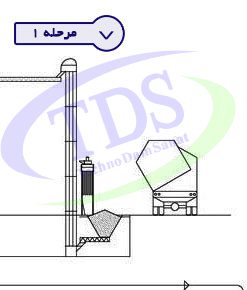
مرحله 1
ورود مواد اولیه به کارخانه
مواد اولیه مورد نیاز برای تهیه خوراک دام به صورت عمده و از طریق یک قیف که در زیر مسیر تخیله کامیون و یا هر وسیله دیگر واقع شده دریافت می شود و با استفاده از بالابرها به سیلو های نگهداری منتقل می شود.
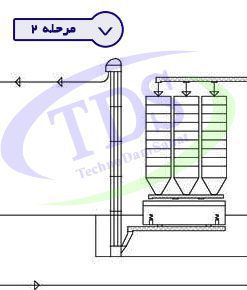
مرحله 2
مرحله ذخیره سازی
مواد اولیه در سیلوهای و انبار مخصوصی ذخیره و نگهداری می شود تا خوراک خط تولید همیشه در دسترس باشند. مواد اولیه از طریق بالابر و نوار نقاله به این سیلو ها منتقل و در صورت نیاز از طریق دریچه هایی که صورت گرفته شده وارد خط تولید می شوند.
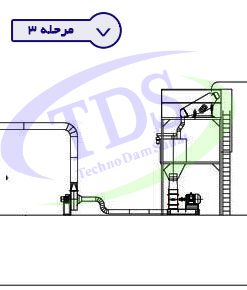
مرحله 3
آسیاب مواد اولیه
مواد اولیه قبل از ورود به آسیاب توسط الک های مخصوص از هرگونه ضایعات آهنی و مواد خارجی و غیره بطور کامل پاک سازی می شود. مواد دانه ای مانند غلات توسط آسیاب های چکشی و یا غلتکی و غیره آسیاب شده تا به گرانولومتری(اندازه) مناسب برسند.
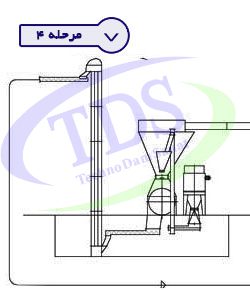
مرحله 4
مخلوط مواد اولیه
مواد اولیه مطابق فرمول ساخت و به وسیله یک قیف مخصوص و سیستم توزین با دوز دقیق وارد دستگاه میکسر خوراک شده و کملا باهم مخلوط و یکنواخت می شوند. در این مرحله مکمل ها مانند انواع ویتامین و مواد معدنی به مخلوط افزوده می شود.
Features of Feed Pellet Production Line
- Advanced technology, high capacity, and low energy consumption.
- Modular structure designed for easy assembly and disassembly of parts, facilitating transportation and installation.
- PLC controlled, with an alarm system available. Operation is simple and convenient.
- The shape and size of the final pellets can vary by changing the molds. For fish and shrimp feed pellets, the floating time in water can be adjusted by regulating the extrusion level.
- High-temperature processing ensures instant treatment, significantly reducing nutrient breakdown in the feed. At the same time, it enhances digestibility by altering protein (through protein denaturation) and starch (through gelatinization), thereby improving the palatability of the product.
- To ensure quality and capacity, a specialized pressure-boosting device is included. Additionally, an electric heating device increases the expansion rate of the feed.
Details of the Fish Feed Pellet Factory
- A wide range of raw materials such as corn, wheat bran, rice husk, soybean meal, rice bran, sorghum, etc., can be used. Raw materials undergo high-temperature and high-pressure treatment, effectively eliminating salmonella and bacterial infections.
- In addition to floating fish feed and sinking fish feed, the production line can also produce high-quality pet food for animals such as dogs, cats, and more. It is suitable for fish farm owners and pet food manufacturers.
- Pellet diameter can range from 0.9mm to 15mm.
- Capacity: 300-400 kg/hour. We can also customize various fish feed pellet factories according to your raw materials and specific requirements.
Animal Feed Pellet Machines
The quality of animal feed pellets is crucial for the healthy growth and development of cattle, making it a significant concern for farmers and animal feed pellet producers. As a result, farmers and business owners involved in pellet production are constantly striving to create high-quality animal feed pellets.
To ensure the quality of produced feed pellets, it is strongly recommended that animal feed factories have an efficient pellet production process in place within their facilities.
In most cases, a feed pellet factory is capable of adjusting the production process based on raw materials in order to produce various types of animal feed pellets for a wide range of animals, including goats, poultry, fish, cattle, broilers, pigeons, and more. Essentially, an animal feed pellet factory is a versatile production facility.
Alfalfa Pellets for Cattle, Horses, and Other Ruminants
Cattle and other ruminant animals such as horses, sheep, goats, and deer require food that is both rich in nutrients and easily processed by their complex digestive systems. While ruminants have traditionally consumed grass and alfalfa, many farmers, homeowners, and livestock experts consider alfalfa pellets to be a cost-effective, natural alternative source of nutrition that provides numerous nutritional and non-nutritional benefits.

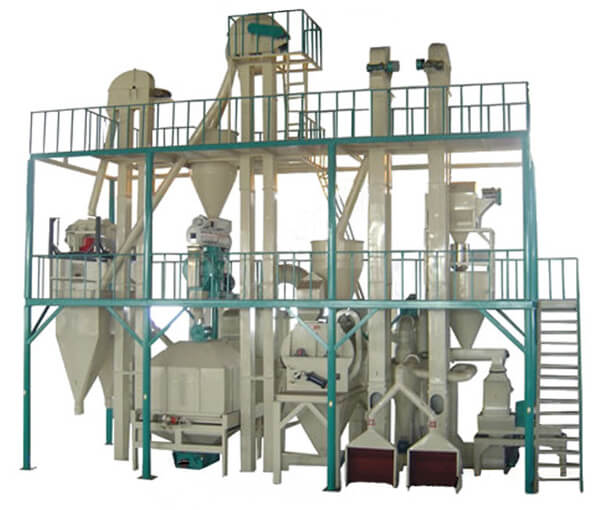
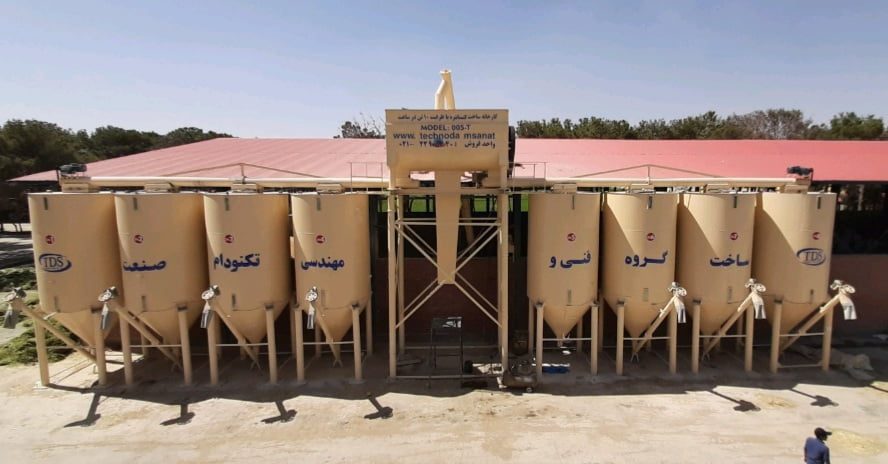
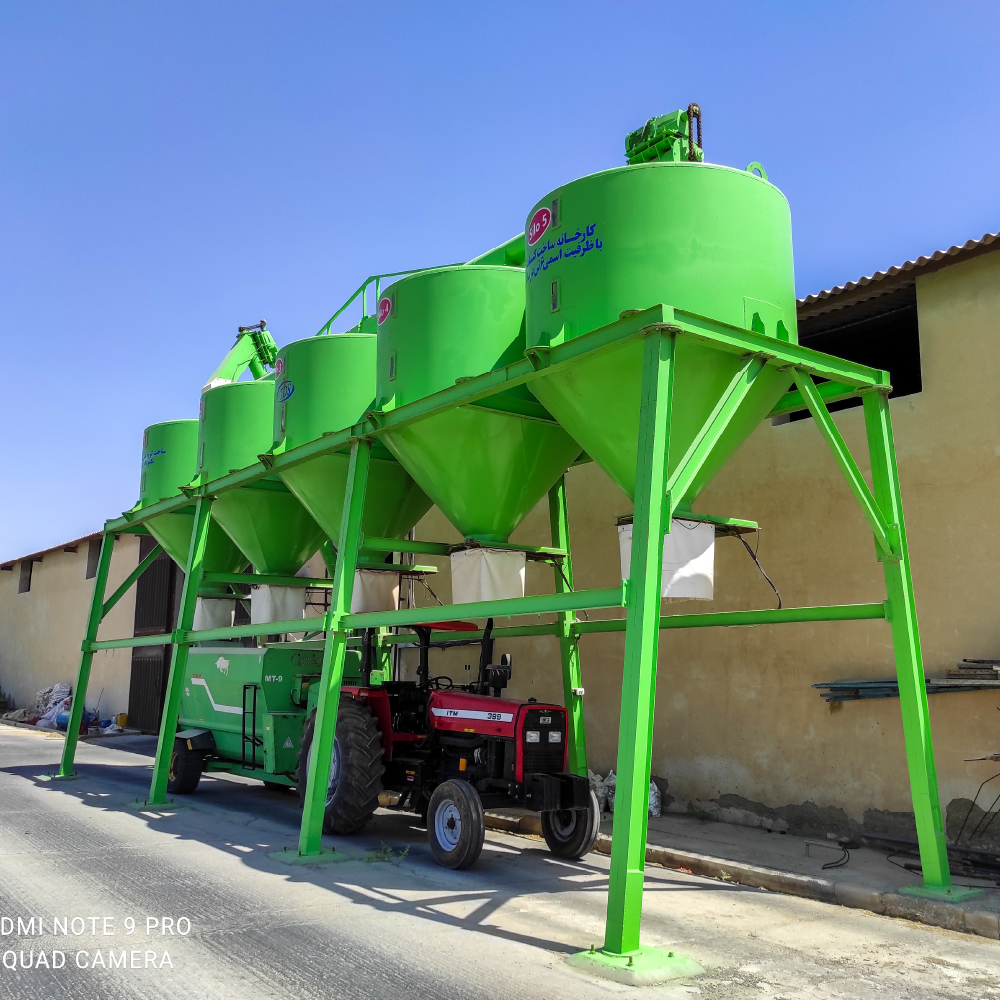
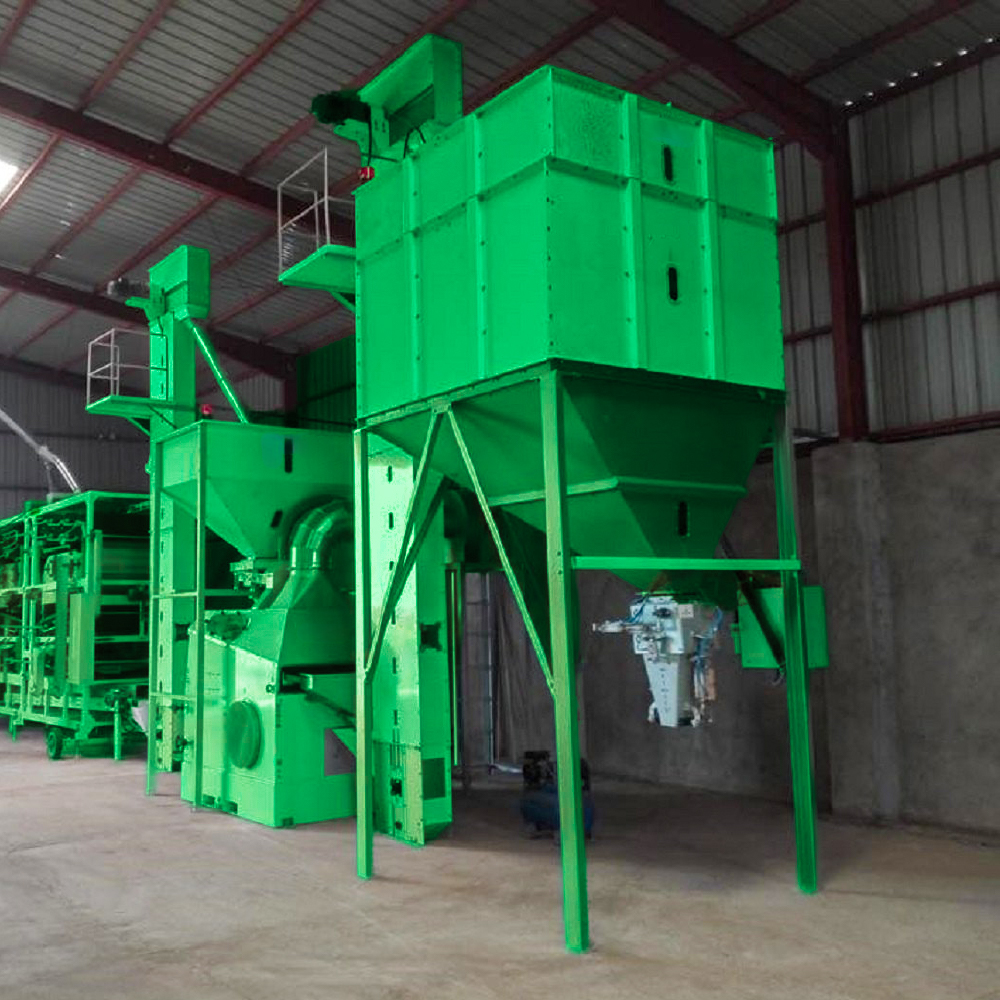
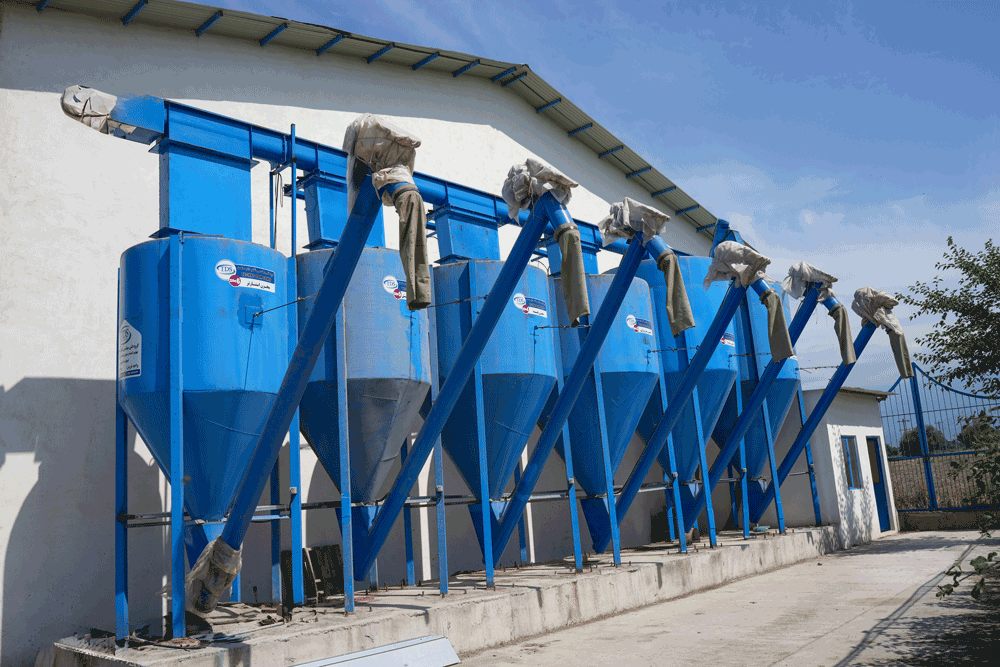
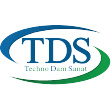
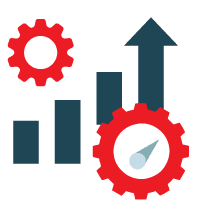
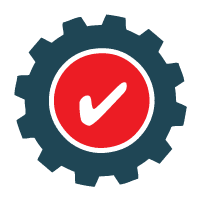
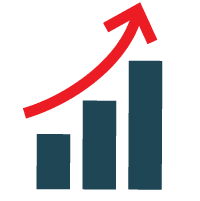
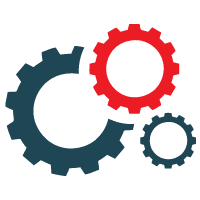
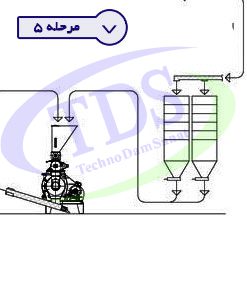
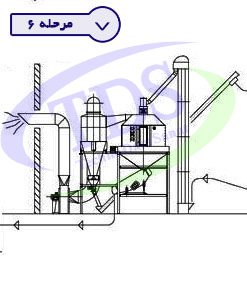
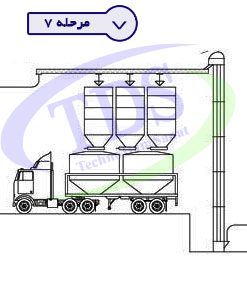
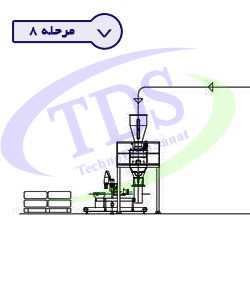
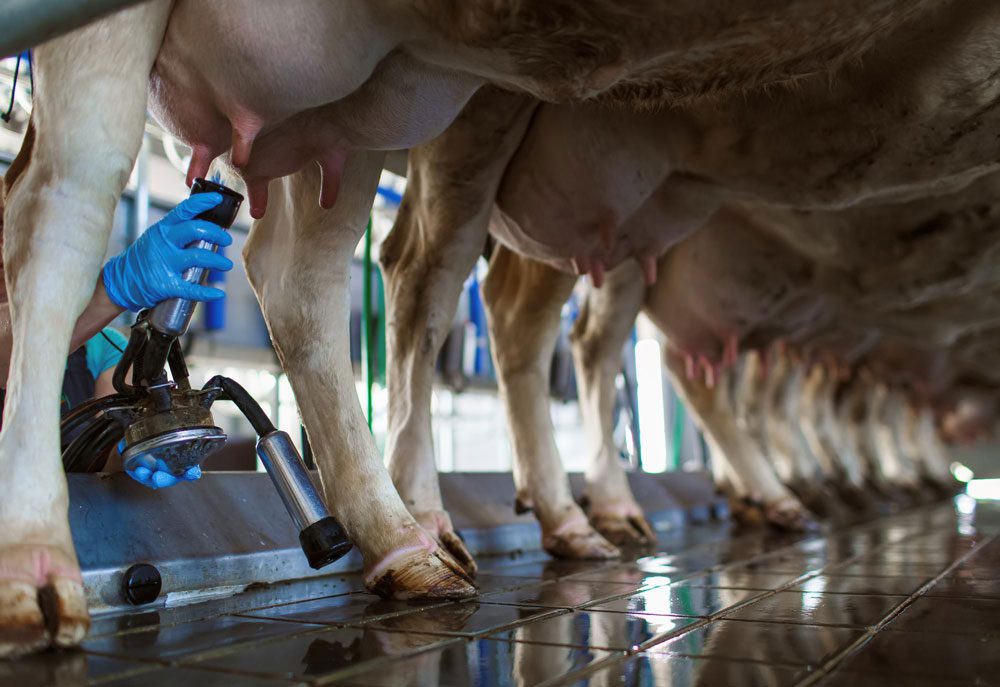

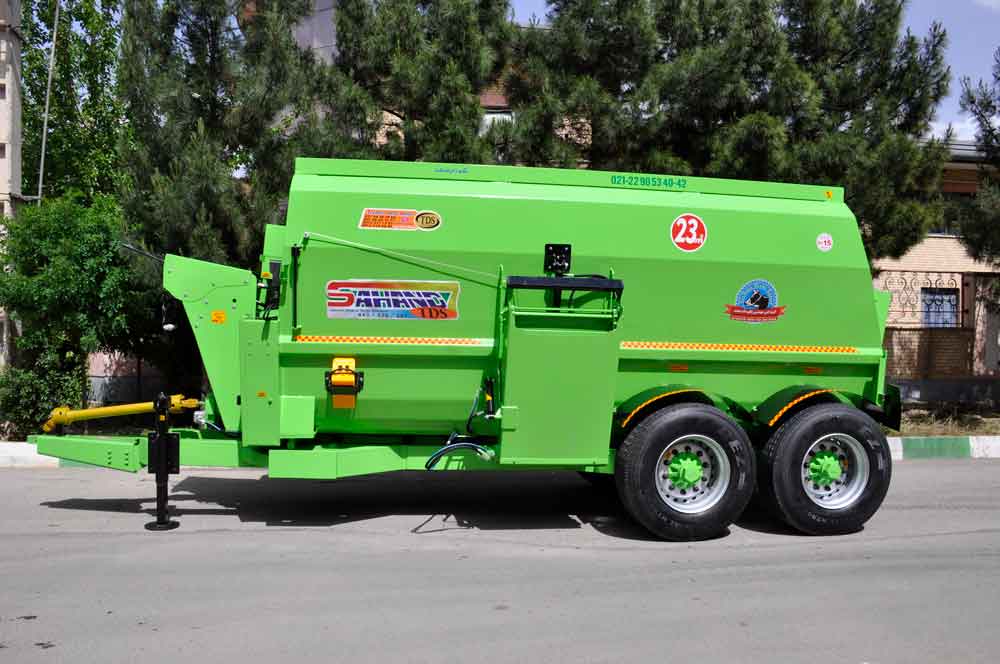
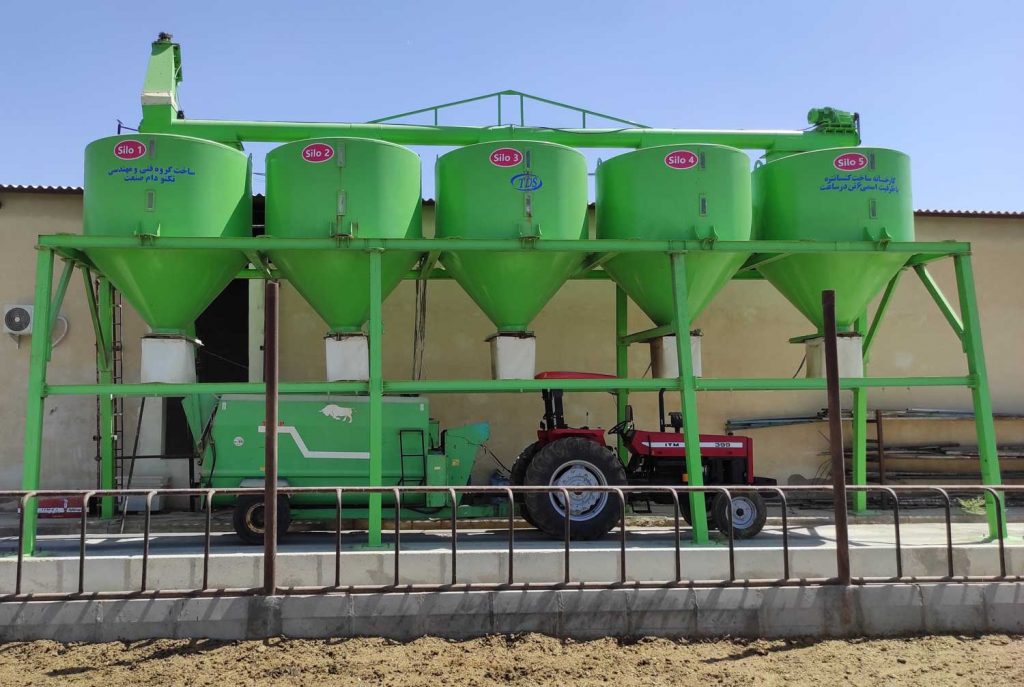



Reviews
There are no reviews yet.